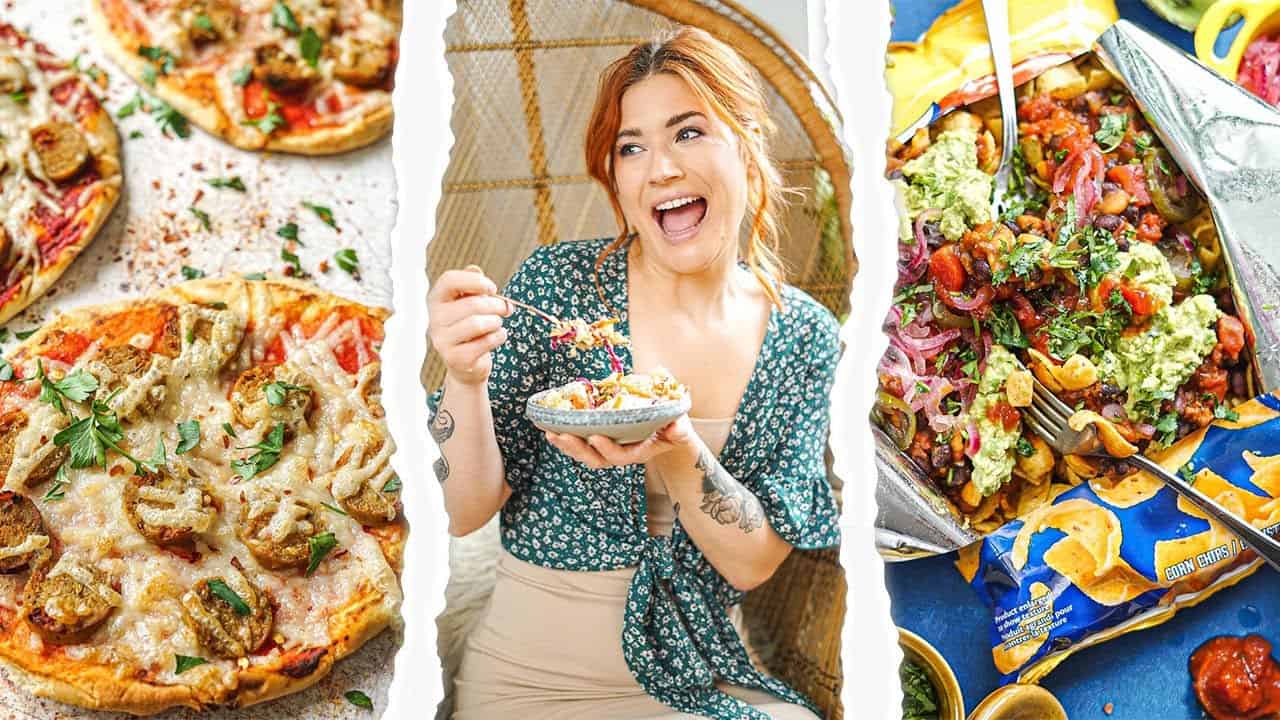

I started the EdgyVeg in 2010 when I went vegan, and in 2012 I started my Youtube Channel making vegan videos because I felt all alone as a vegan and thought if I shared my vegan journey on the internet others would find me. I didn’t really know other vegans in real life, and back in early 2010s being a vegan in a non-vegan world was really hard. We didn’t have all the support, and plant-based products we have now. So, I started The Edgy Veg to connect with others in the community.
Now, it’s 10+ years later and the plant-based movement is taking the world by storm! Woohoo! And if you’re reading this, then you’re probably looking to join this amazing journey for the animals, your health, body, mind and soul. So, I thought I would take it back to basic and give you my tried-and-true tips for going vegan to help beginners.
 Step 1: Education & Finding Resources are Key
Step 1: Education & Finding Resources are Key
This was a huge one for me when I went vegan. And I think this is something that keeps vegans vegan. Society’s very hard on us for going against the status quo. And making fun of vegans is like “the cool things to do…” So, staying firm in your beliefs based on available education and online reasons on why you want to go vegan can help you get over those hurdles or frustrations you’re feeling around meat-eaters. There is so much information on the positives of a vegan diet out there now. There’s a lot of scientific research, published books, documentaries and Google! What is your reason for going vegan in the first place? Figure it out, because THAT is what keeps you going when people try to put you down or make fun of you when really you’re doing the best possible thing and stronger than they are for doing so.
For me, I don’t believe that we need meat as a society to survive. Thanks to technology and human evolution I just think it’s unnecessary. So, why would I have something killed, just so I can eat something that’s unnecessary? There’s tons and tons of info out there, so education and learning about the hard truth is so important. Because ultimately, when somebody comes at you and wants to know facts and wants to know why you’re vegan, you want to be able to talk in an educated way about your life choices and show them why you’re so compassionate. Speaking openly about the topic to other people actually makes it easier and might even inspire others.
 Step 2: Gradually Cut Down
Step 2: Gradually Cut Down
I didn’t go vegan overnight and many of my vegan friends also started by gradually cutting down on animal products. I didn’t go vegan “cold turkey” and cutting everything out at once. That approach may work for some, it didn’t for me. It was just too hard pre-2010 but might be easier nowadays. The way that I went vegan successfully is by doing it in stages. If you feel like it’s too hard to go 100% vegan, don’t feel bad. Baby steps and gradually cutting back is what I did and want to make anyone who goes this route feel encouraged and not like they are failing. Gradually, I removed one thing at a time, got comfortable, then moved on to the next thing, and repeat. I also didn’t want to be wasteful, so I encourage people to finish their non-vegan items and don’t just toss them in the trash. Once done, replace them with a vegan alternative.
I would suggest doing it in this order:
- Get rid of all the meat and try going vegetarian first. You can eat all the cheese and milk and whatever you want, but just without meat. When you get used to this and you’ve found some great meat substitutes (like my vegan meat recipes), or alternatives, move to the next step…
- Get rid of physical dairy and eggs directly: I would consider physically packaged eggs, cheese, milk, cream. for example, to be direct. Examples of indirect dairy and eggs would be items like cookies, cakes, breading, etc. where dairy/eggs secretly hide. Once you’ve found dairy alternatives (hey soy, nut or oat milk!), vegan cheeses (I have some vegan cheese recipes here), and stop buying eggs (or switch to plant-based egg alternatives like Just Egg), you can move to the next stage.
- Stop buying products that have dairy and eggs in them and/or find products that don’t have dairy/eggs. Nowadays, there are so many cakes, cookies and snack foods that don’t have dairy or eggs or have plant-based versions in stores. This is the stage to get comfortable reading ingredient lists and see what’s actually in the foods you normally buy, you might be shocked. Once you’ve mastered that and you feel comfortable….
- Stop buying leather clothing, shoes, beauty products and household products that contain animal products (because there are animal products in everything!) Eventually, when you’re comfortable with eating vegan or plant-based, and feel comfortable, then the last thing to think about is the other stuff in your current lifestyle and just do your very best to find products that are cruelty-free and vegan.
Disclaimer: I am aware that some illnesses and circumstances make eating a vegan diet difficult, and I am in no way suggesting that everyone on the planet can eat a vegan diet. I am not a dietician or physician. Please consult your doctor before making any large lifestyle changes.
Step 3: Get Inspired!
See what’s out there! Get on Pinterest! Buy a vegan cookbook! Pick out or save your favourite recipes, and make sure you go for things that you like! If you normally eat tacos, pizza, muffins, cakes, etc eat vegan versions of them. Whatever it is that you genuinely want or love to eat, eat it. Many try going vegan, only eat boring salads and revert back to animal products because they only ate boring vegan salads. See what’s available, see what’s possible and make your vegan dreams come true. There might be things that you never thought that you could make vegan. The key here is to feed yourself well. If you like it, you’re more likely to stick to it.
 Step 4: Coming out of the Meat closet
Step 4: Coming out of the Meat closet
Chances are that when you make this lifestyle decision, you will have resistance. Whether it’s from your partner, family, friends and general society. People will be shocked and confused, and will not understand why you’re doing this. This is when step 1 comes in handy… know why you made this decision, and share it with them, maybe explain to them how you’re making this change. Who knows, you might even spark an interest in them! Share your wonderful new creations with them, lead with a forkful of delish vegan food. Enthusiasm is contagious and good food changes people’s perspectives.
 Step 5: Don’t bother with the vegan police.
Step 5: Don’t bother with the vegan police.
Shockingly enough, the most hate that I get online is from other vegans. that say I’m not doing something the way it should be. They accuse me of not doing something 100% their way and that I’m not “vegan enough”. There’s no wrong way of being vegan as long as you “exclude—as far as is possible and practicable—all forms of exploitation of, and cruelty to, animals for food, clothing or any other purpose; and by extension, promote the development and use of animal-free alternatives for the benefit of animals, humans and the environment.” If you’re following this idealogy, you’re doing great. (As defined by the vegan society)
Seek out people online and friends in person that will support you. Even taking one step and making an effort is better than doing nothing.
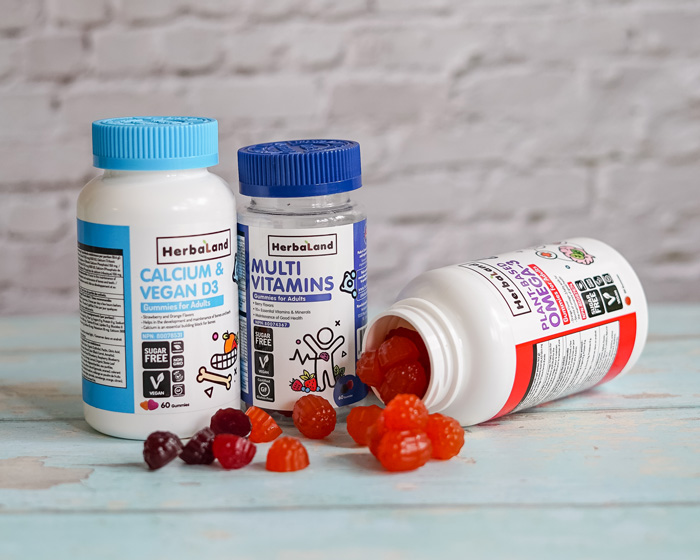
Use code edgyveg20 for 20% off on herbaland.com
Step 6: Supplements
The only supplement vegans can’t get from a vegan diet is vitamin B12. B12 is in meat from animals eating soil/dirt/bacteria but even nowadays, b12 is getting harder and harder to get from meat. Many doctors actually recommend b12 even if you’re a meat-eater as we are depleting our soils of this nutrient. Every other nutrient we can get from food, but it doesn’t hurt to get a multivitamin. The items I always supplement are B12, iron, Omega fatty acids (naturally comes from seaweed which is where fish get their omega 3 from), and calcium. Get yourself a nice vegan multivitamin– that’s the easiest place to start. (But I am not a doctor, and so consult your doctor before making any supplement changes to your lifestyle)
 Step 7: Spend time with animals
Step 7: Spend time with animals
If you’re an animal lover, it’s probably one of the main reasons you want to go vegan. If you don’t have any animals in your house, visit an animal sanctuary or animal sit for a friend. Spending time with animals makes you love and care for them. This was something that really helped me. I grew up around a lot of farm animals and when you take the time, you see just what gentle beautiful animals they are and become so compassionate for them and other animals. It’s a great way to remind yourself who you are doing this for.
If you love your dog, a baby sheep or sloth …and the last thing you would want to do is harm it right? Eventually, this idea begins to apply to all animals that are harmed in society and by going vegan you are eliminating/decreasing the harm that can/will be done. Many of us don’t get to experience animals up close the same way we do our companion pets. And so, it’s easier to think of them as commodities and detach our feelings when looking at a pretty packaged piece of their flesh. If you wouldn’t hurt your dog, apply the same feelings to other animals.
 Step 8: Ask for help
Step 8: Ask for help
Your best resource is going to be other vegans. Join local a Facebook group and ask them where you can find certain items in your city. Ask for vegan recipe ideas or vegan restaurants to try. Check out your local veg fest and make some new vegan friends to lean on! There is always an answer to any question you may have all you have to do is ask 🙂
 Step 9: Be nice to omnivores
Step 9: Be nice to omnivores
You weren’t always vegan. So, once you’ve gone vegan, talk to others how you would have liked to be talked to as an omnivore because, at the end of the day, people don’t like to be told that what they’re doing/eating is wrong, and can easily become defensive. Screaming MURDERER in someone else’s face can in most cases be a terrible way of advertising this lifestyle. I think more aggressive forms of animal activism have their place and are in many ways effective. But yelling at your friends and family is only going to isolate you further from them. Instead, share and live as an example of why being vegan makes you happy. Or educate them on the horrors of today’s factory farming practices. Encourage them to make small changes, and if they do want to join you and fall off the wagon, help them to get back up again.
 Step 10: Support and Buy from Vegan Creators & Brands When Possible
Step 10: Support and Buy from Vegan Creators & Brands When Possible
Voting with your wallet and your time makes a huge difference on who or what succeeds in this capitalist society. Personally, I choose to try to support vegan creators and brands first. This will help send the message that “yes, a more vegan and compassionate way is possible”, but will also get vegans in important places and spaces.
Well! That’s all for today! I hope this helps make things more easier. No matter how you go about doing it, remember that every vegan meal you have, that doesn’t have meat eggs, meat and dairy has saved a life & helped our environment.

 Step 1: Education & Finding Resources are Key
Step 1: Education & Finding Resources are Key Step 2: Gradually Cut Down
Step 2: Gradually Cut Down
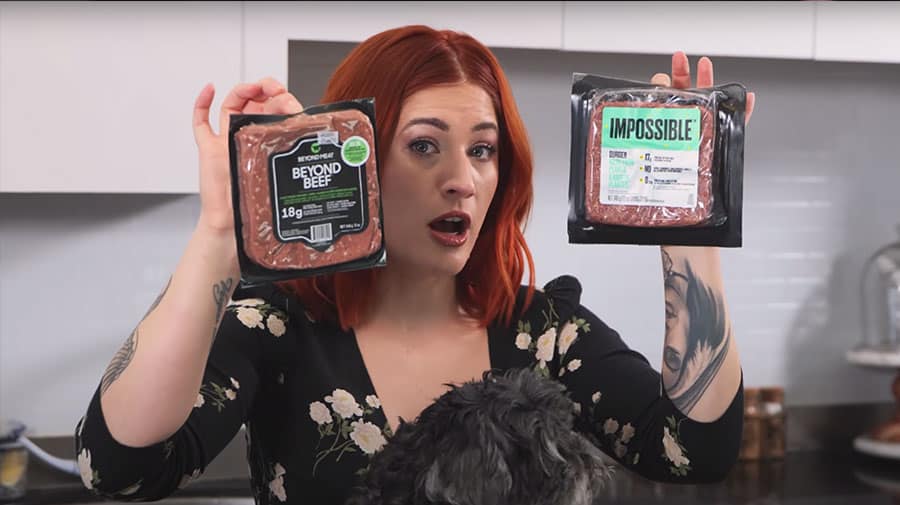 Step 4: Coming out of the Meat closet
Step 4: Coming out of the Meat closet Step 5: Don’t bother with the vegan police.
Step 5: Don’t bother with the vegan police. Step 7: Spend time with animals
Step 7: Spend time with animals Step 8: Ask for help
Step 8: Ask for help Step 9: Be nice to omnivores
Step 9: Be nice to omnivores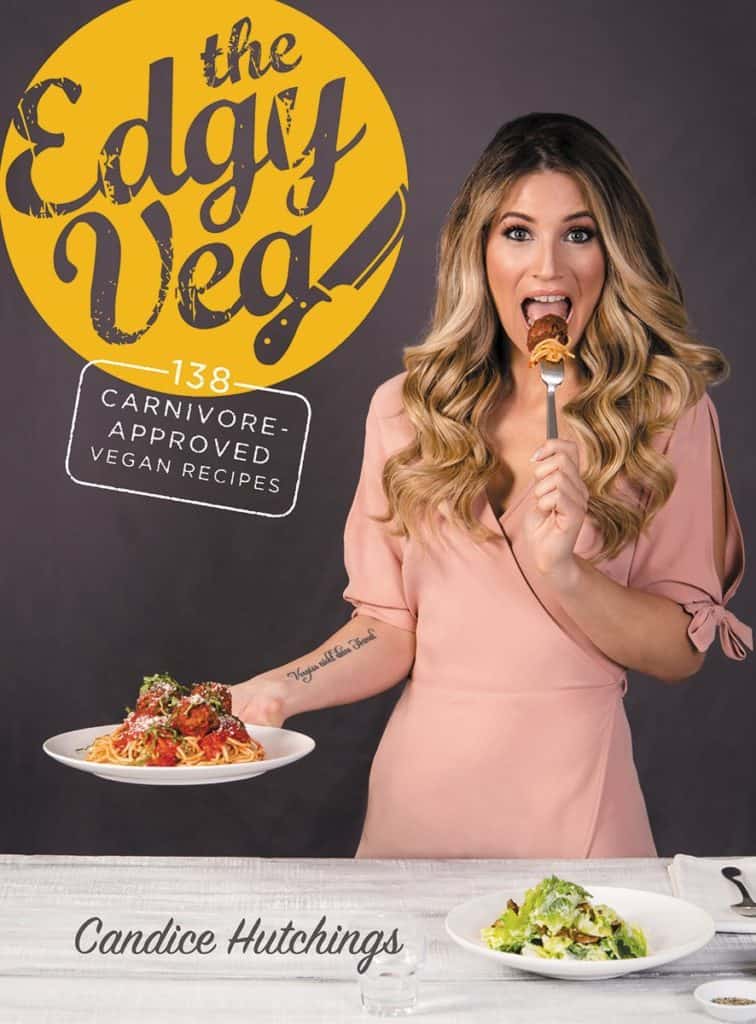 Step 10: Support and Buy from Vegan Creators & Brands When Possible
Step 10: Support and Buy from Vegan Creators & Brands When Possible

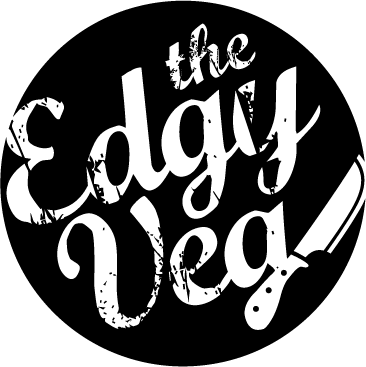

Lynn McDougall says:
Great tips! I’ve been vegan for over 5 years, and I still struggle to describe the process to others. It is a process that does not happen overnight. I think that the idea is overwhelming to many and that giving tips to a gradual transition is the right way to help others change their habits.